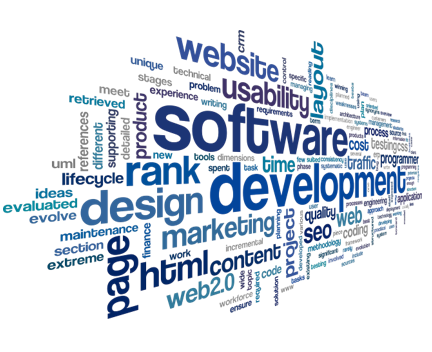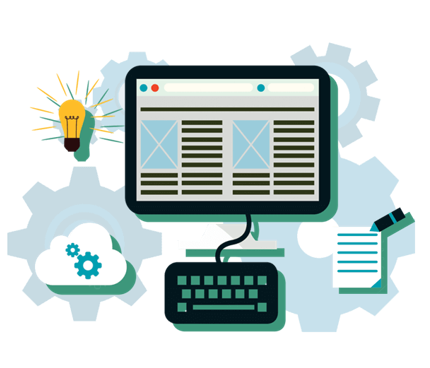Web scraping is a technique of extracting information from the websites and blogs. There are over one billion web pages on the internet, and the number is increasing day-by-day, making it impossible for us to scrape data manually. How can you collect and organize data according to your requirements? In this guide to web scraping, you will learn about different techniques and tools.
First of all, the webmasters or site owners annotate their web documents with tags and short-tail and long-tail keywords that help search engines deliver relevant content to their users. Secondly, there is a proper and meaningful structure of each page, also known as HTML pages, and the web developers and programmers use a hierarchy of semantically meaningful tags to structure these pages.

Web Scraping Software Or Tools:
A large number of web scraping software or tools have been launched in recent months. These services access the World Wide Web directly with the Hypertext Transfer Protocol, or via a web browser. All web scrapers take something out of a web page or document to make use of it for another purpose. For instance, Outwit Hub is primarily used to scrape phone numbers, URLs, text and other data from the internet. Similarly, Import.io and Kimono Labs are two interactive web scraping tools that are used to extract web documents and help extract pricing information and product descriptions from e-commerce sites such as eBay, Alibaba, and Amazon. Moreover, Diffbot uses the machine learning and computer vision to automate the data extraction process. It is one of the best web scraping services on the internet and helps structure your content in a proper way.
Web Scraping Techniques:
In this guide to web scraping, you will also learn about the basic web scraping techniques. There are some methods the above-mentioned tools use to prevent you from scraping low-quality data. Even some data extraction tools depend on DOM parsing, natural language processing, and computer vision to gather content from the internet.
No doubt, web scraping is the field with active developments, and all data scientists share a common goal and require breakthroughs in semantic understanding, text processing, and artificial intelligence.
Technique#1: Human Copy-And-Paste Technique:
Sometimes even the best web scrapers fail to replace the human's manual examination and copy-and-paste. This is because some dynamic web pages set up the barriers to prevent the machine automation.

Technique#2: Text Pattern Matching Technique:
It is a simple yet interactive and powerful way to extract data from the internet and is based on a UNIX grep command. The regular expressions also facilitate the users to scrape data and are primarily used as part of different programming languages such as Python and Perl.
Technique#3: HTTP Programming Technique:
The static and dynamic sites are easy to target and data from then can be retrieved by posting the HTTP requests to a remote server.
Technique#4: HTML Parsing Technique:
Various sites have a huge collection of web pages generated from the underlying structured sources like databases. In this technique, a web scraping program detects the HTML, extracts its content and translates it into the relational form (the rational form is known as a wrapper).
Post a comment